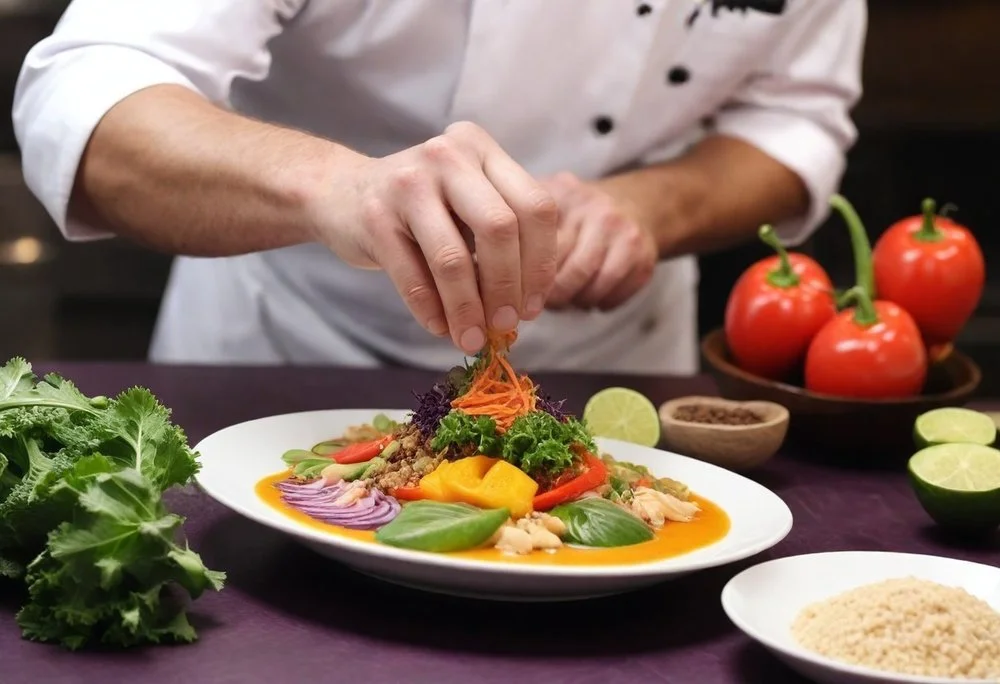The alchemy of fermentation: unlocking depth and complexity in cooking
/Explore the transformative power of fermentation in cooking, highlighting how the biochemical process driven by microbes unlocks all five fundamental tastes—sweetness, sourness, saltiness, bitterness, and umami.
Read More







